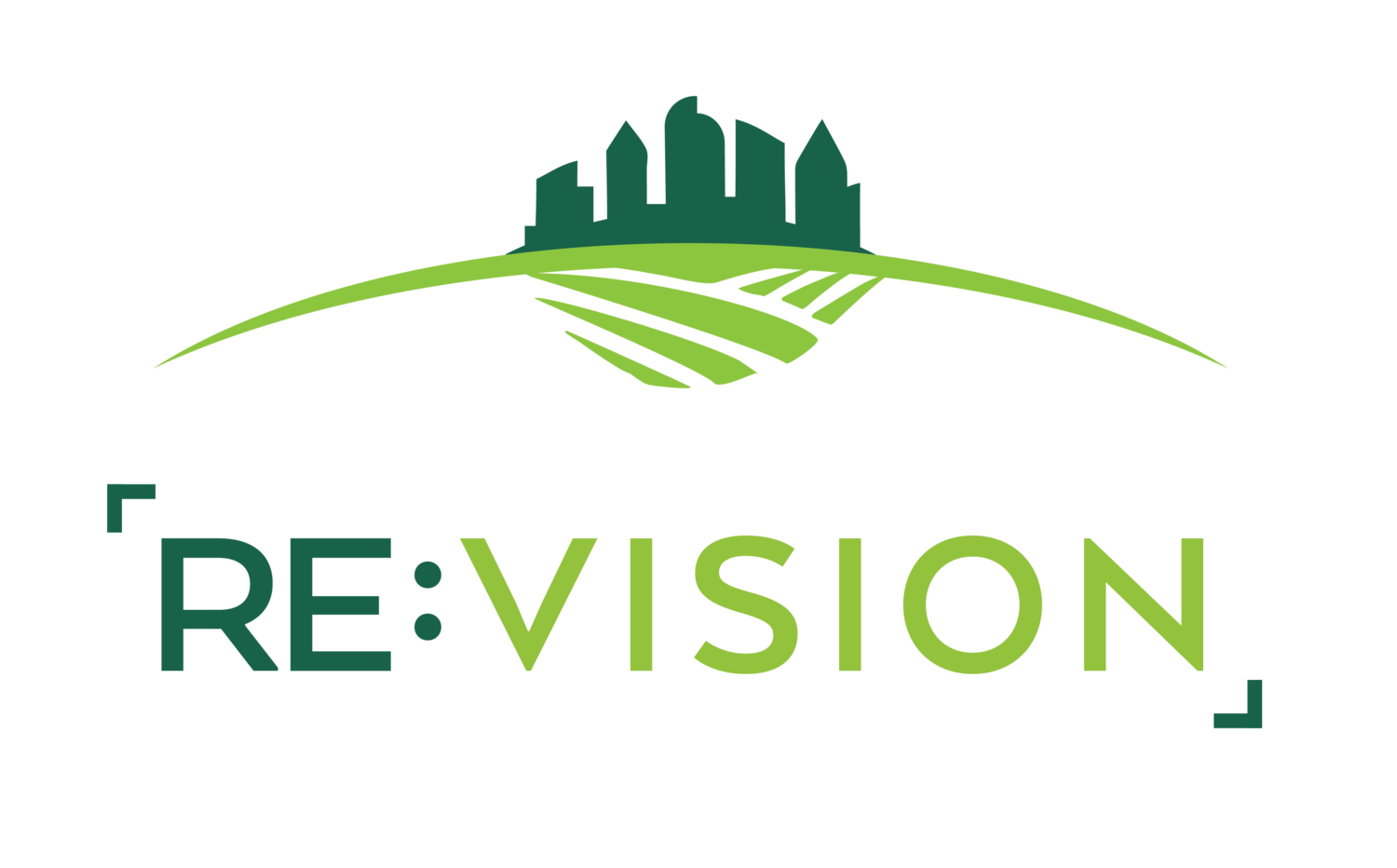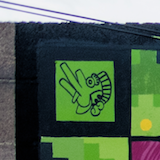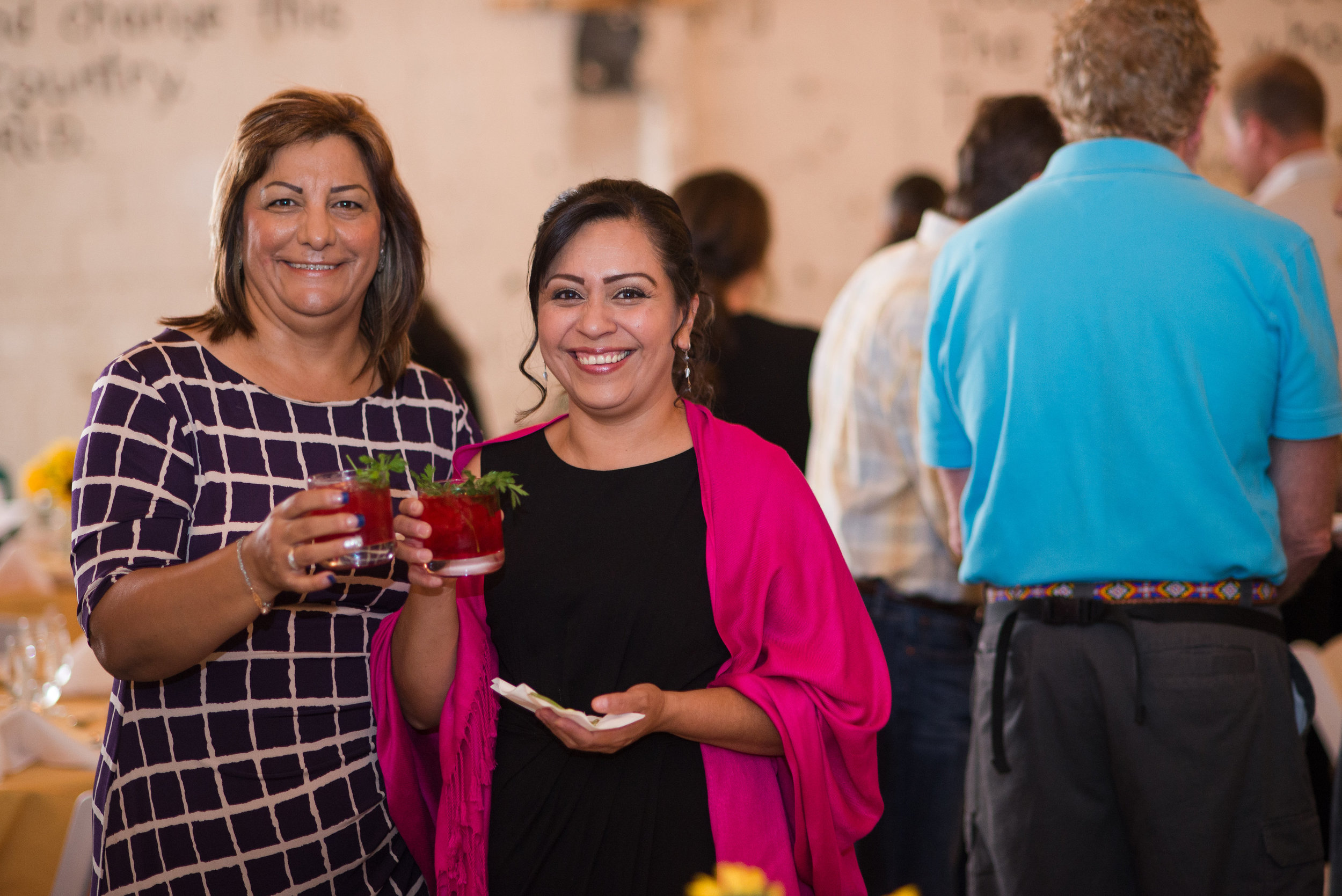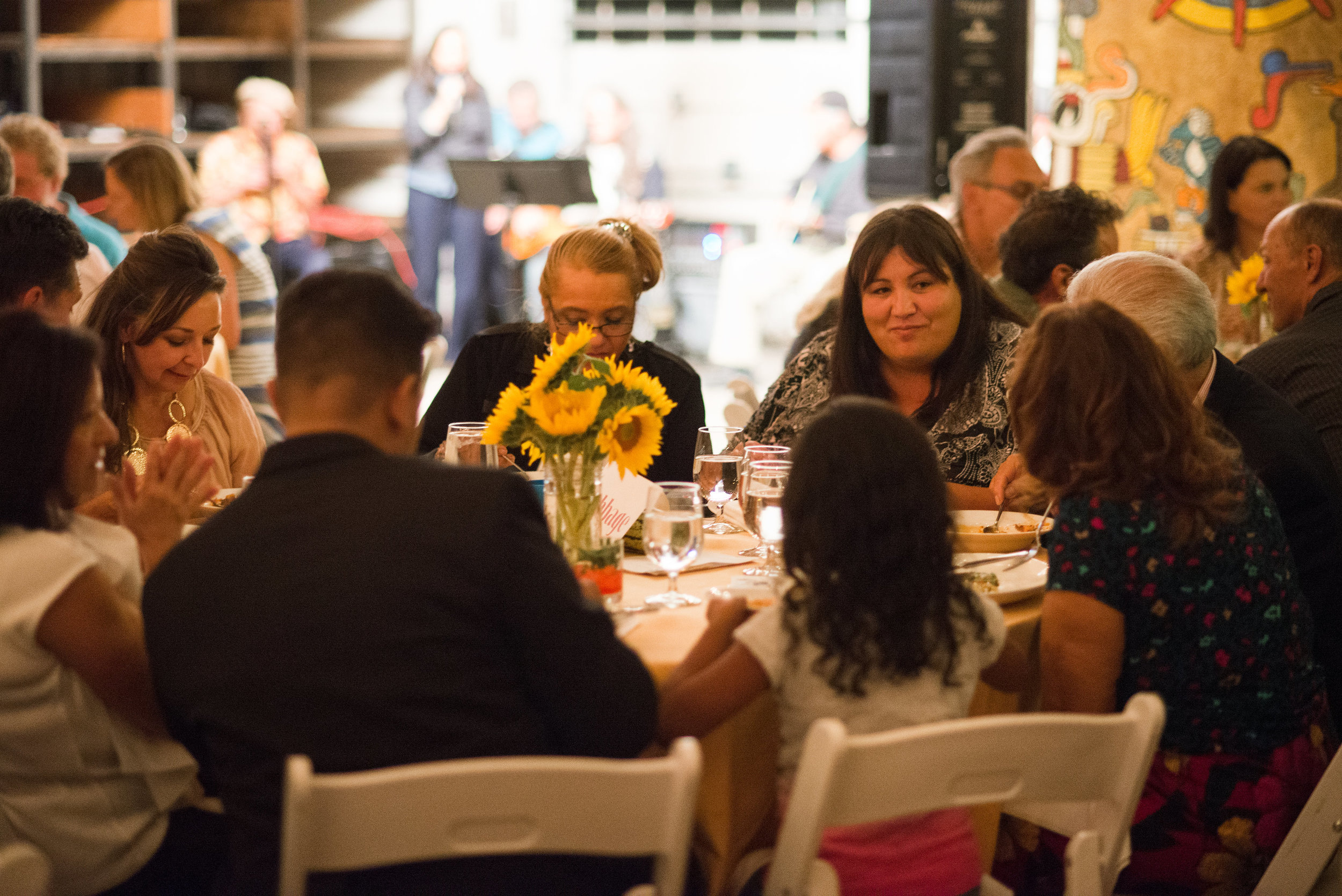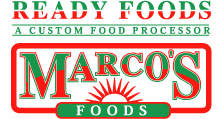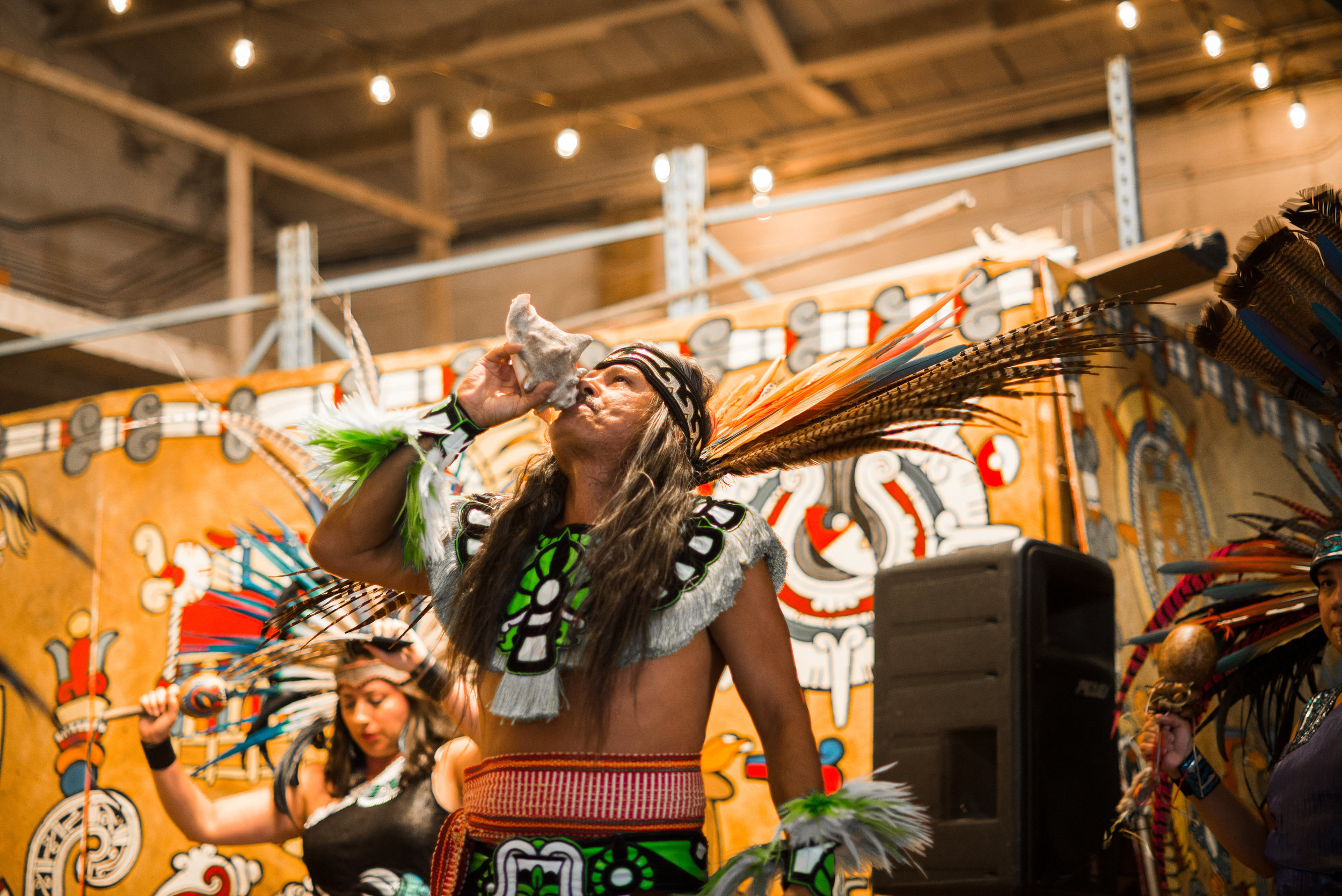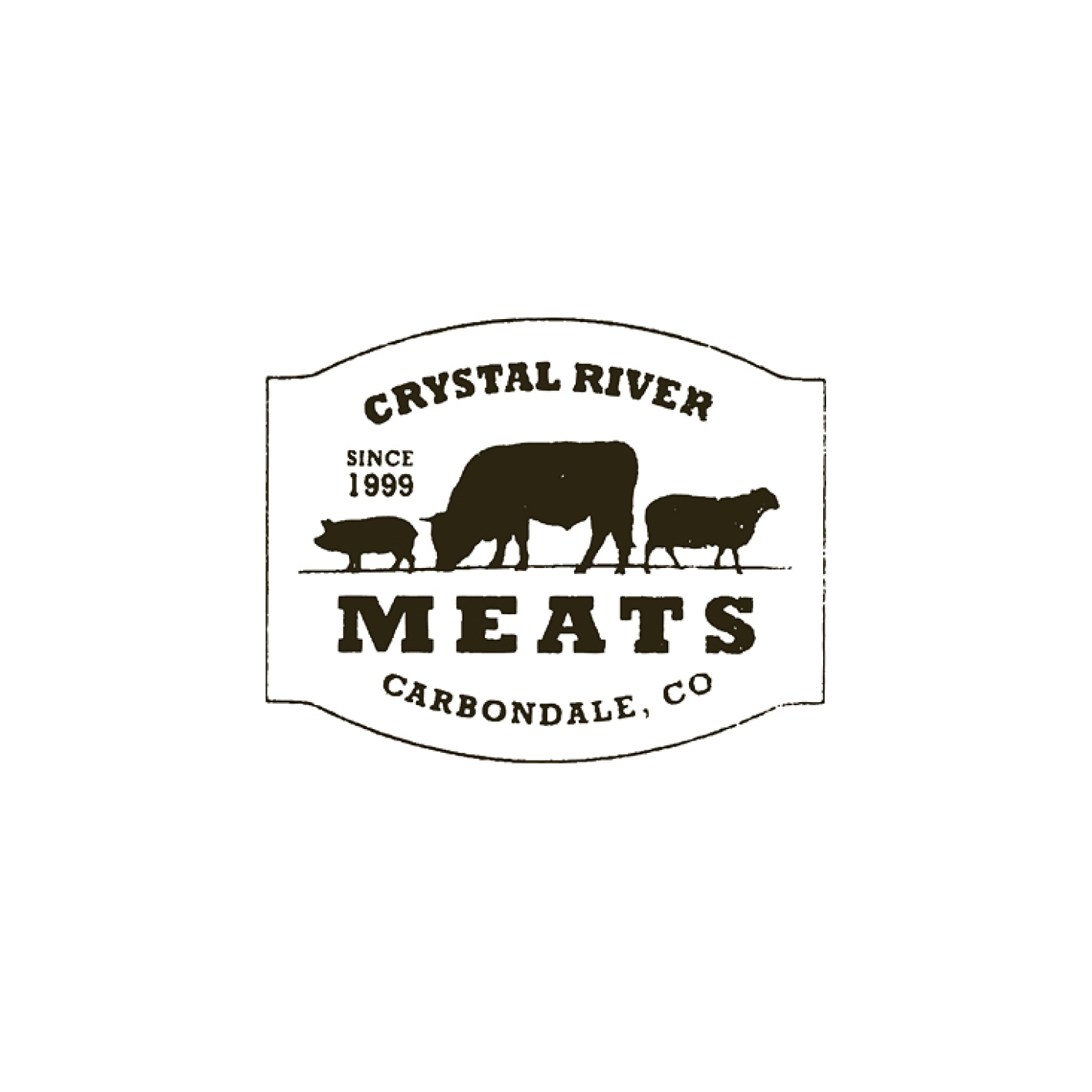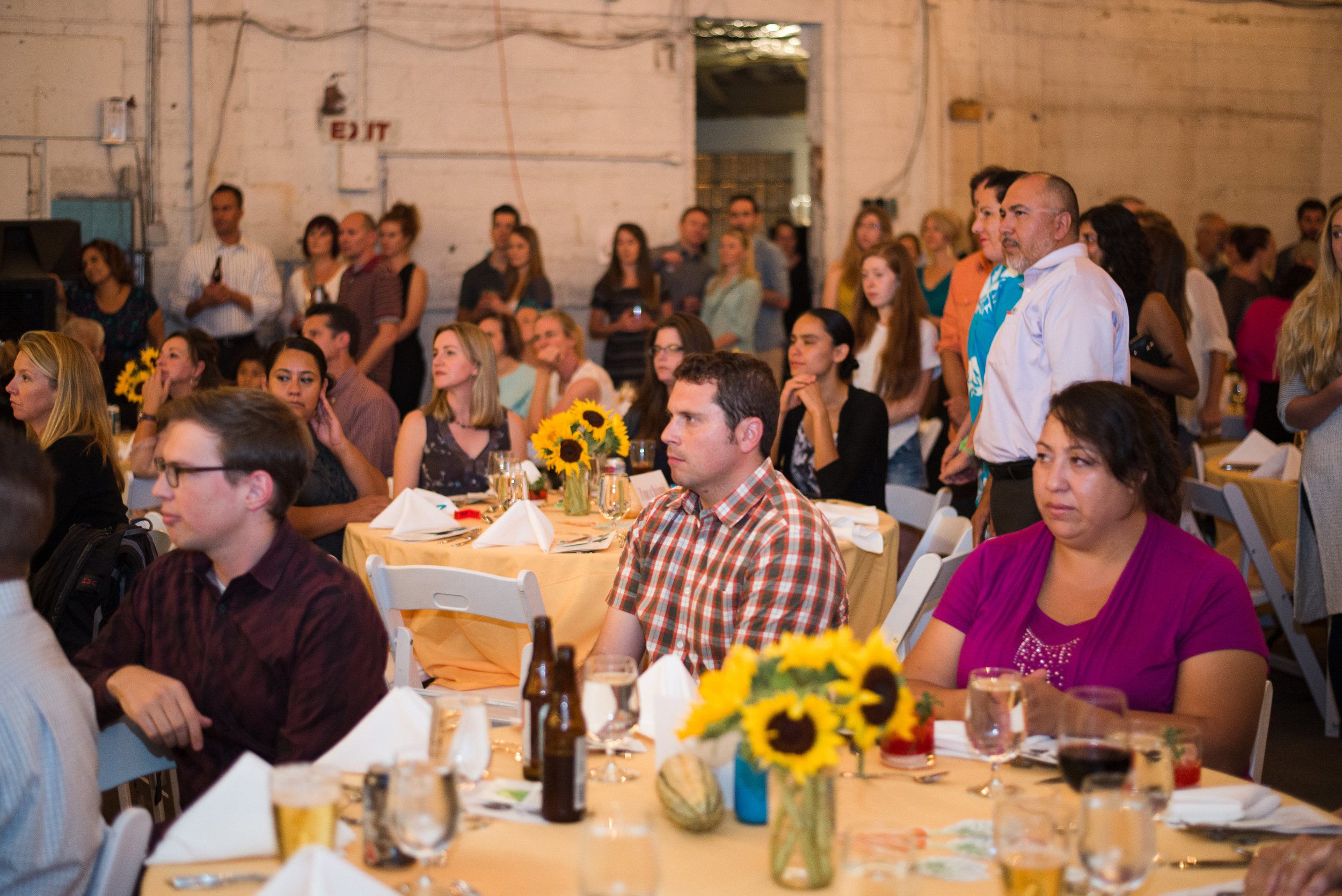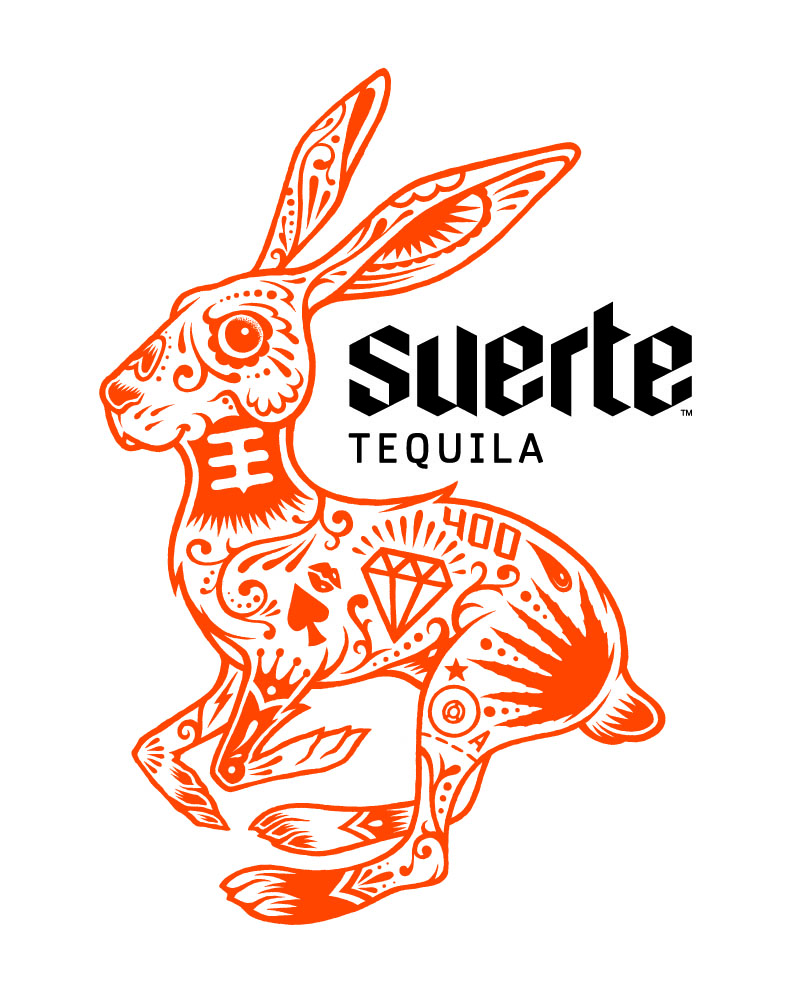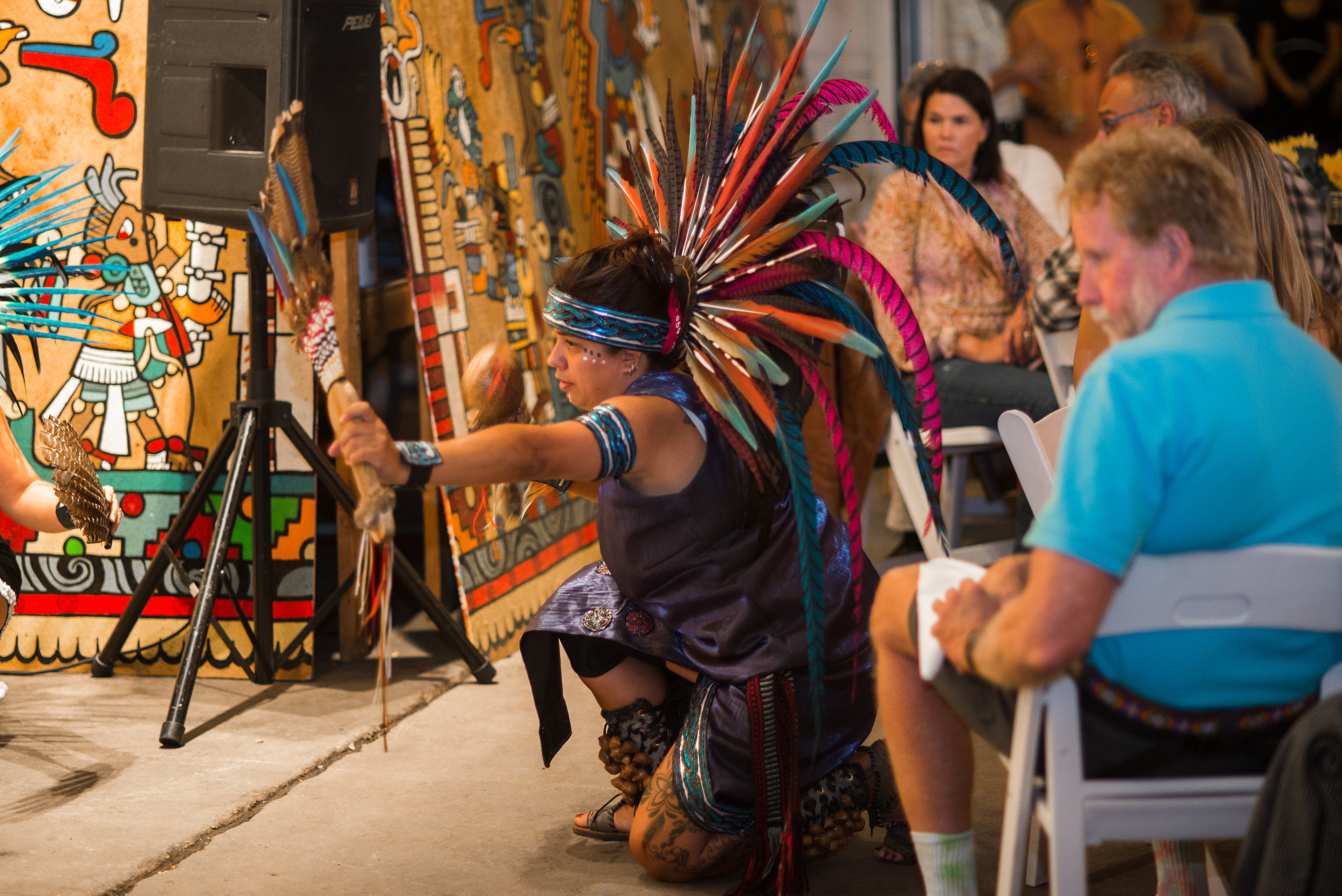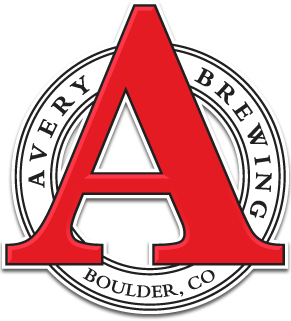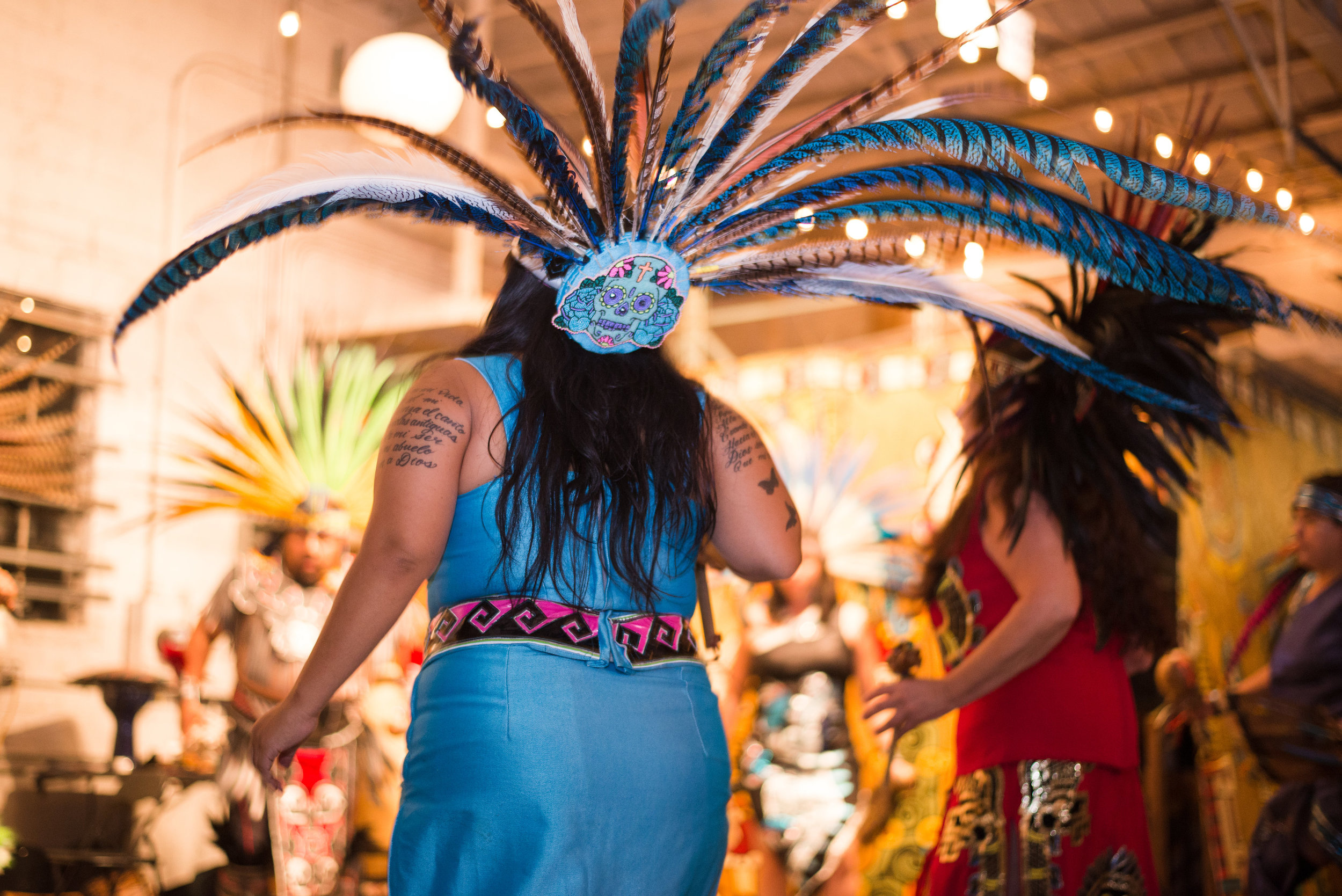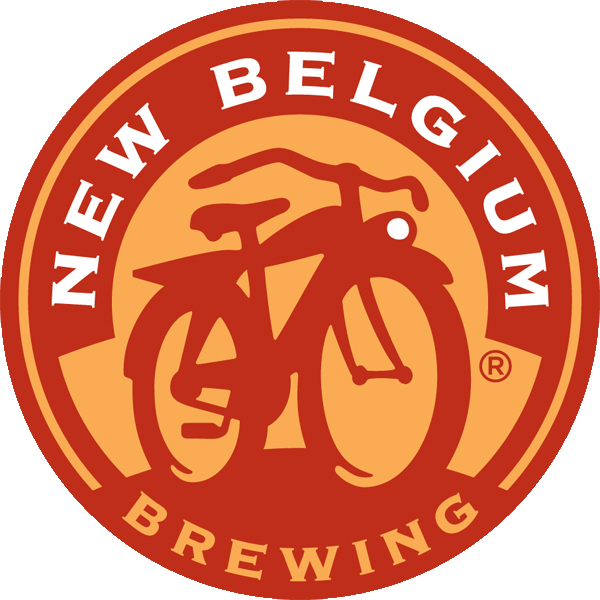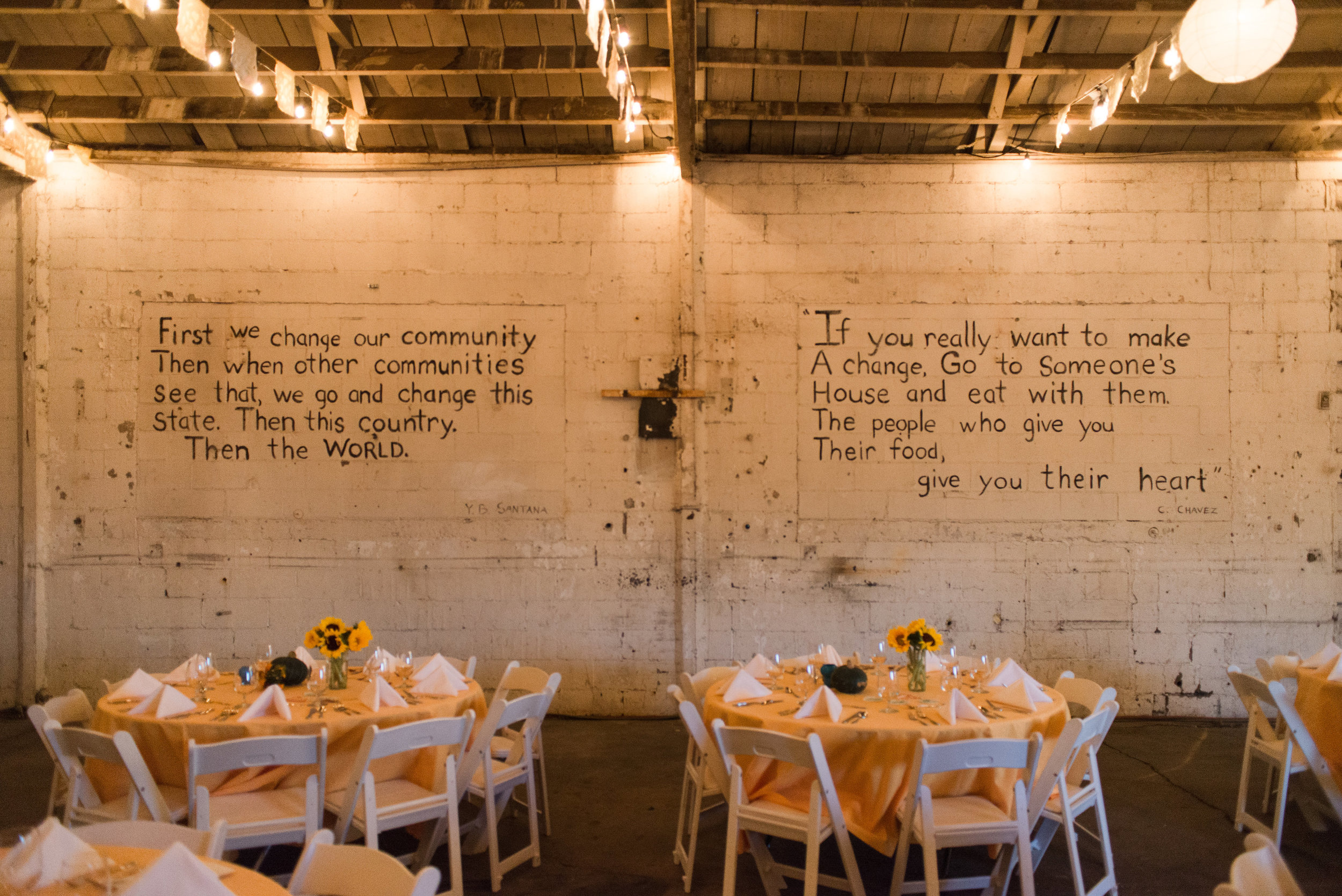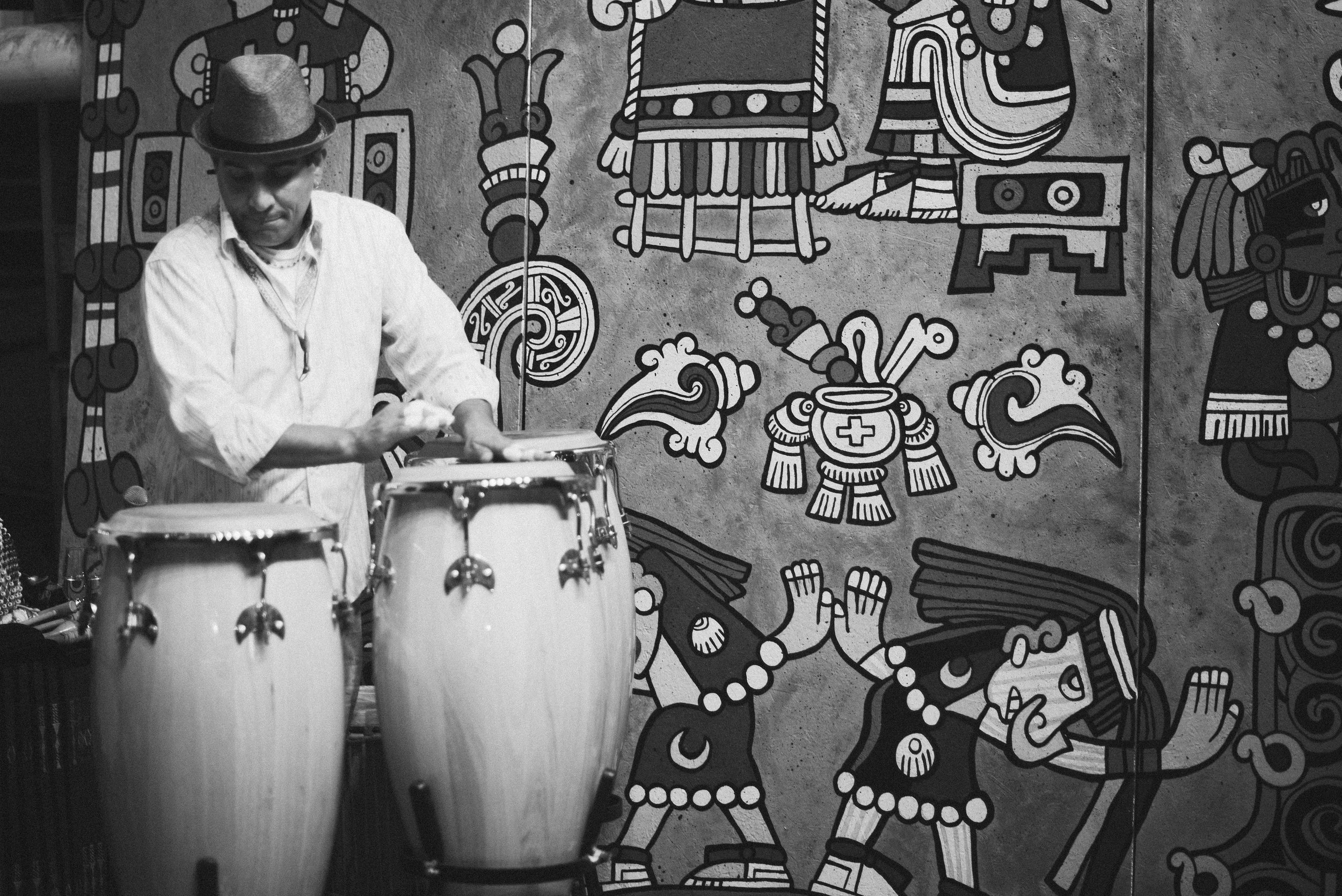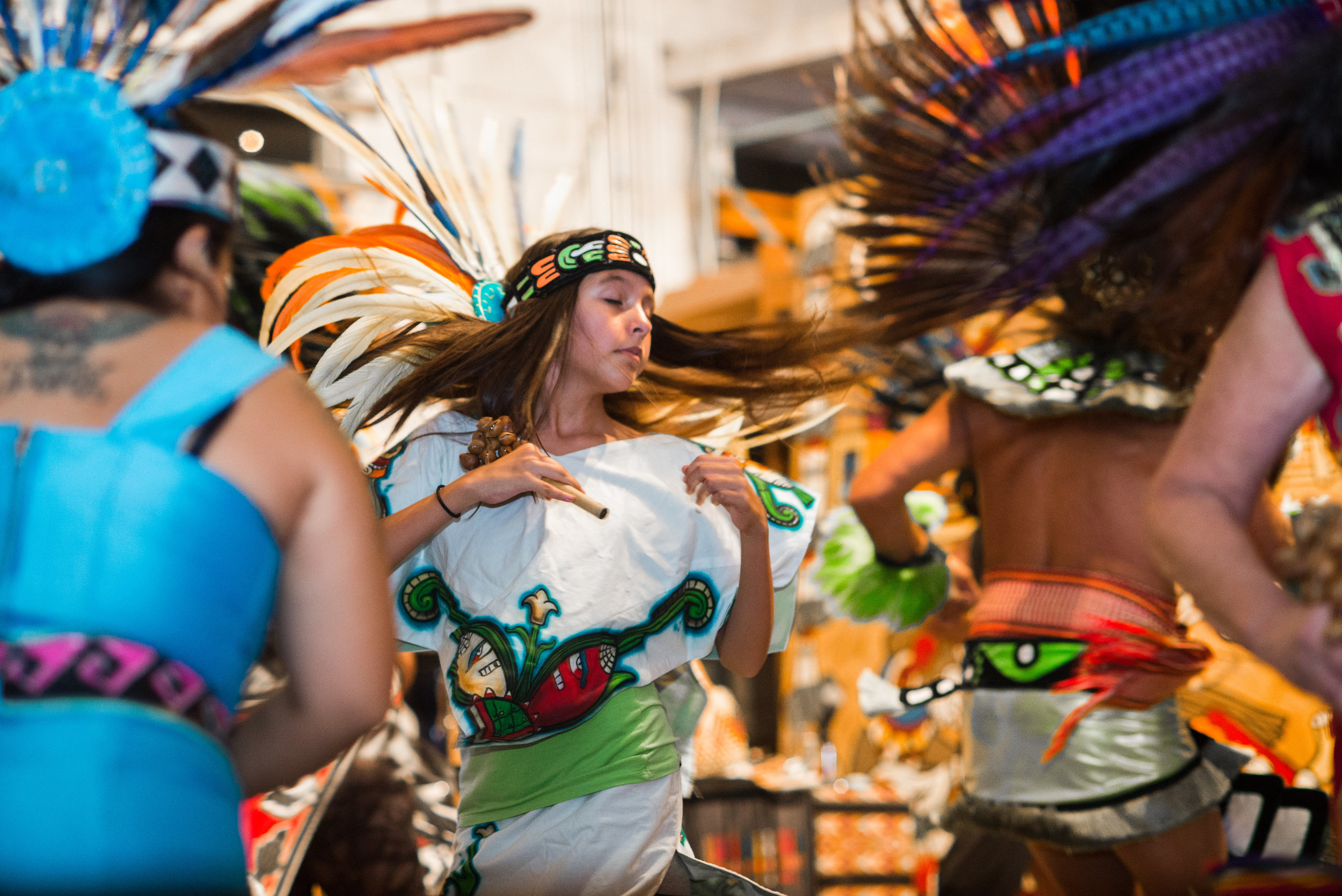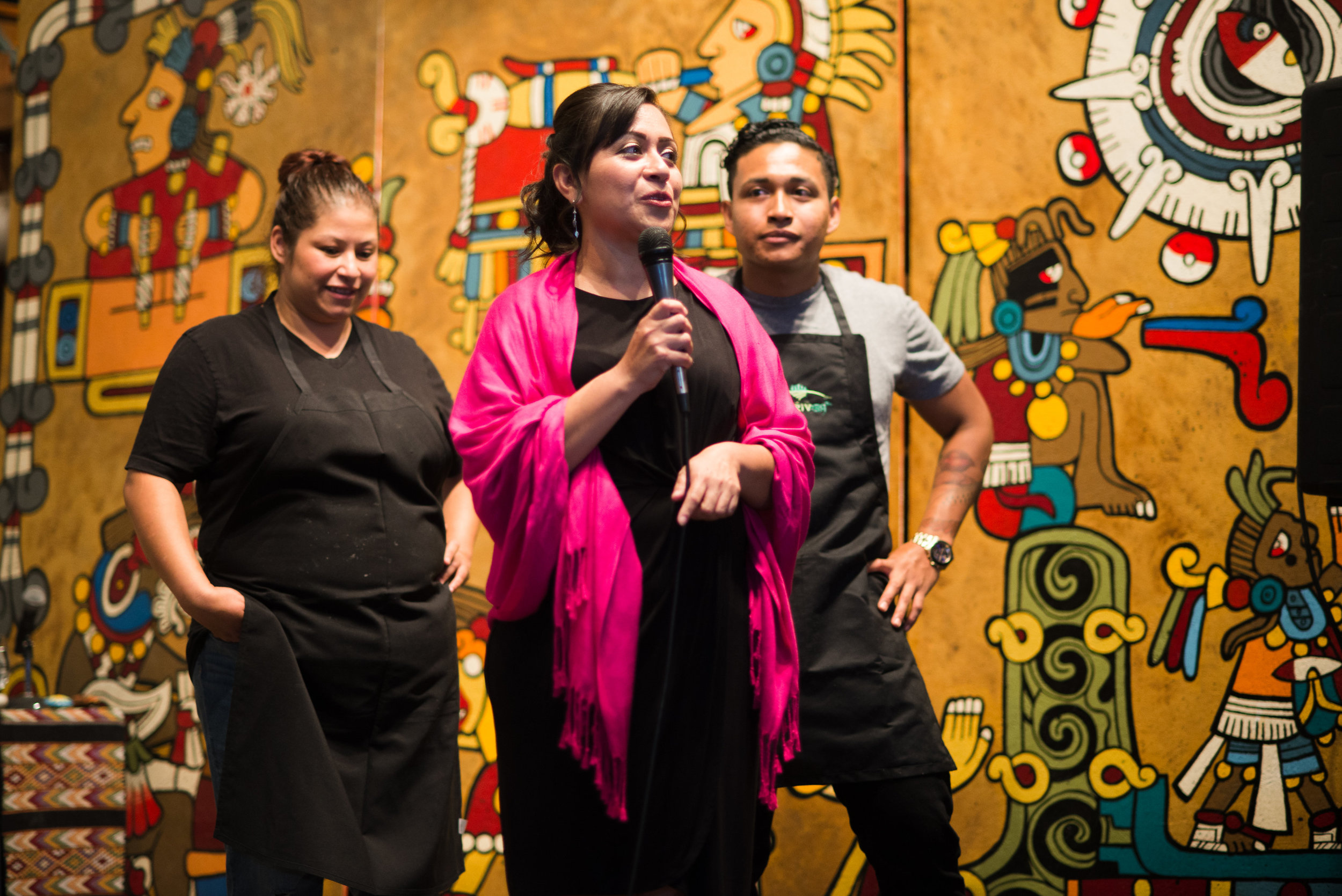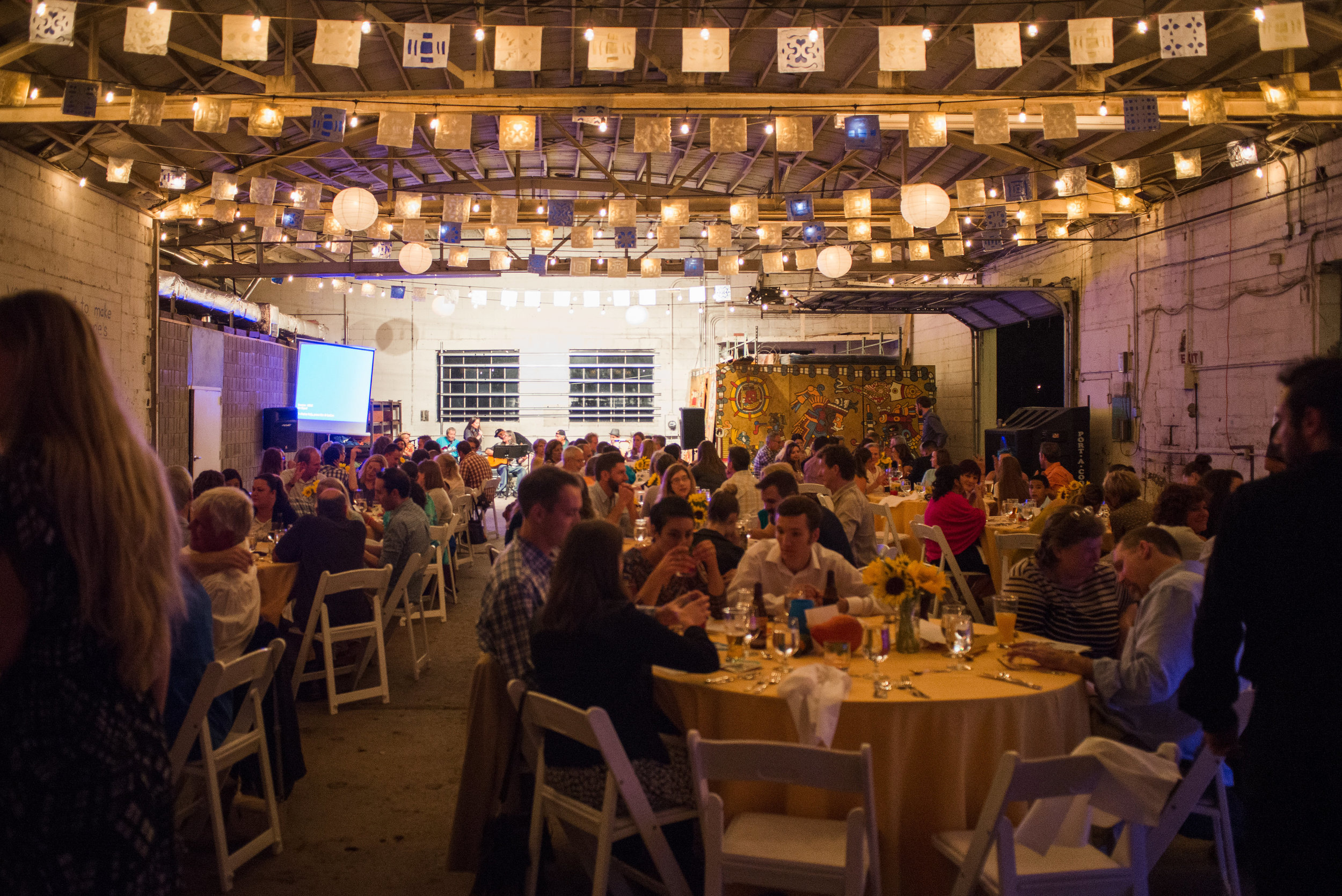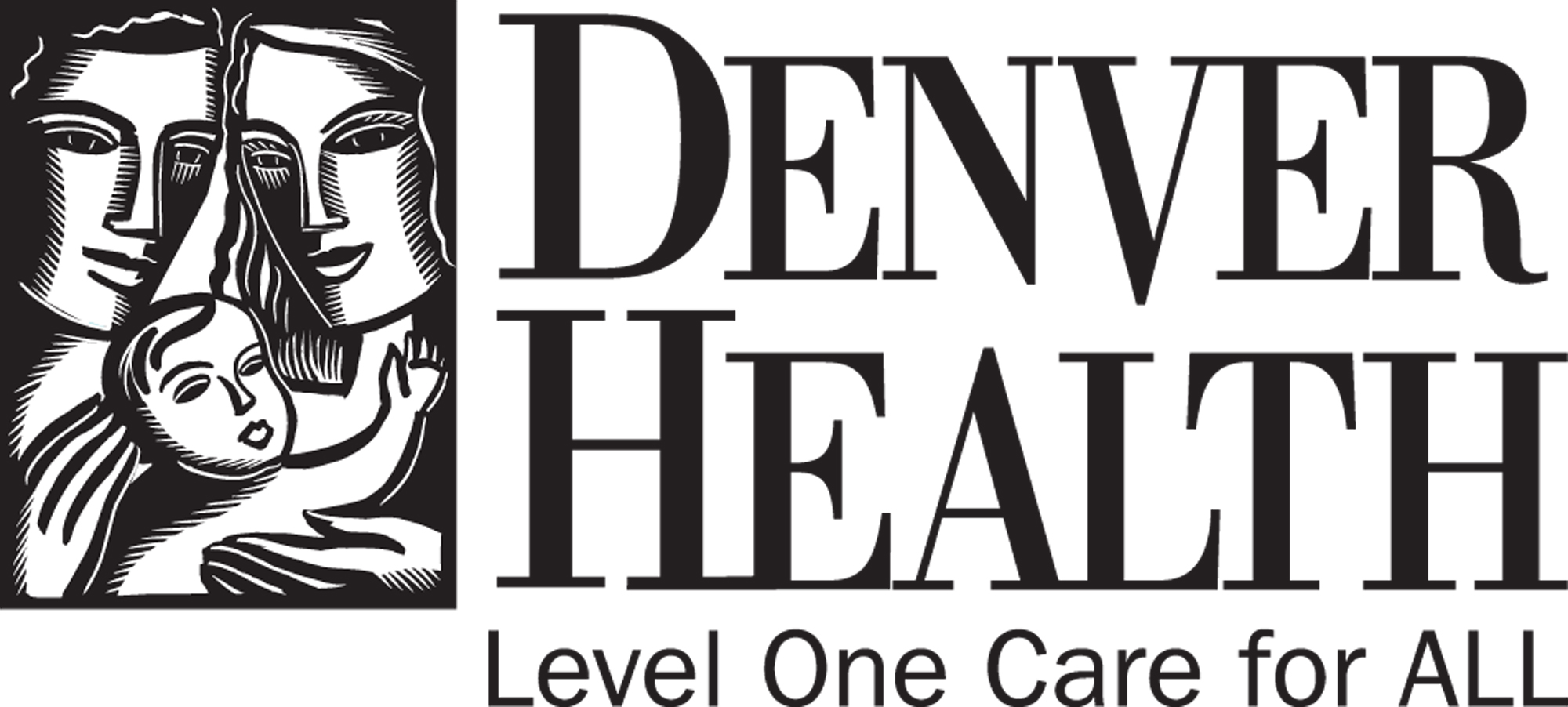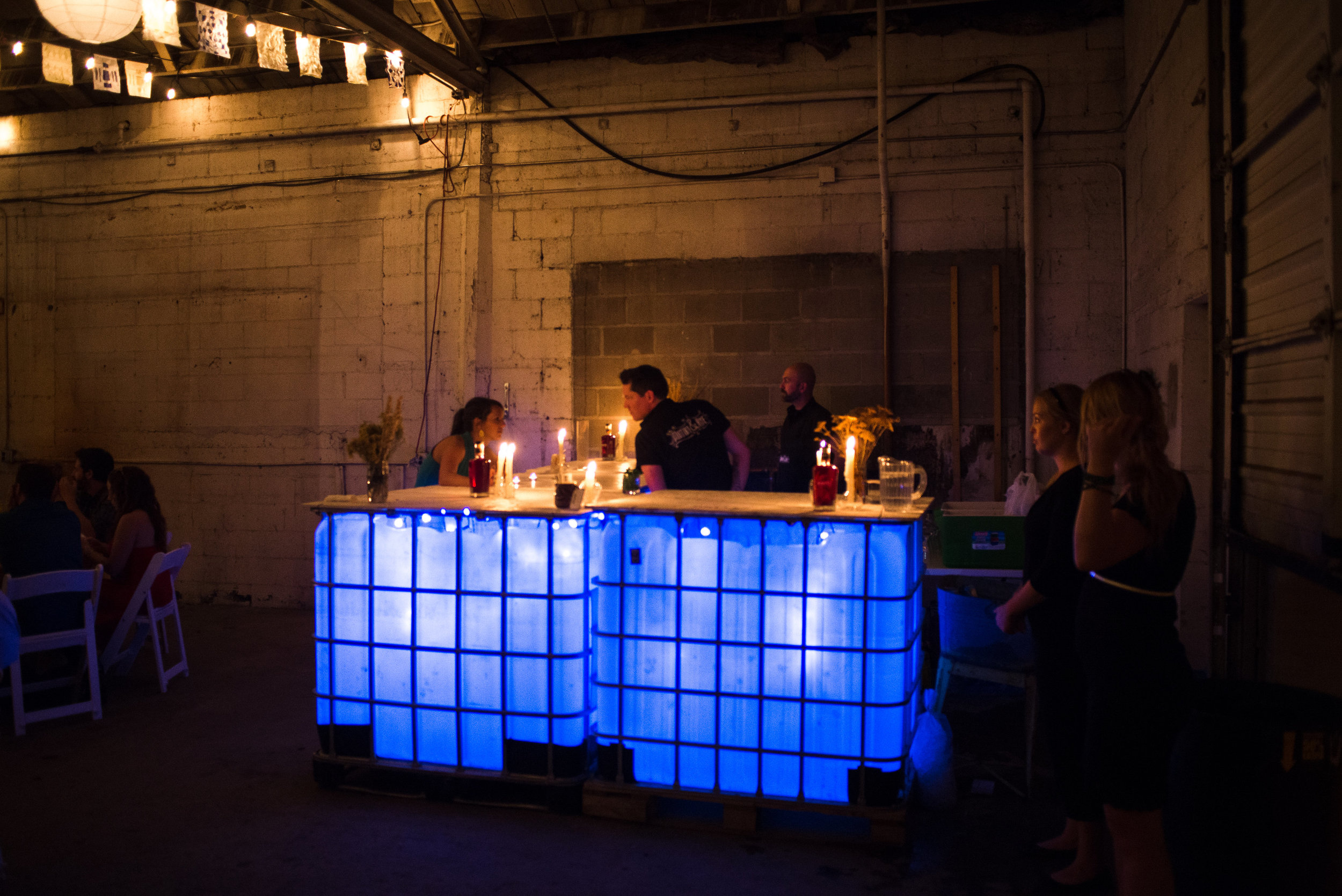
Re:Write
STORIES FROM THE FIELD, PROMOTORA RECIPES, AND CO-OP DEVELOPMENT LESSONS (PLUS SOME POLITICS AND HUMOR, TOO)
The Season of Creation
Photo Credit: Jess Elysse Kornacki, Art of Her
One only needs to take a look at the volatile weather lately to tell that Spring is a time of conflict for the Earth. It is letting go of the frosty winter weather, the ground is thawing, and some of our favorite flowers are beginning to fight their way to the surface. The particularly tough ones have already started to bloom. Nothing says Spring in Colorado more than beautiful vibrant tulips covered by a fresh layer of snow.
So it only seems fitting, Santiago Jaramillo is ready to unveil his latest mural along Morrison Road. The theme of the piece is the duality of struggle, the push and pull between life and death, sun and moon, order and chaos; the combined 2 energies that make 1. In this case, one vibrant mural that represents one very vibrant community straddling two worlds.
Westwood is a community on the brink. In last week’s blog, we talked about the specifics behind why. This week, we want to talk about how art is being used as a way to combat gentrification, and create a place for the community that is currently here.
Santiago grew up in Westwood and he’s seen the neighborhood change. Growing up it was a very working class neighborhood, but then the Summer of Violence hit (1993) and Westwood changed dramatically. The working class left and the neighborhood became rundown and neglected. A few years later, Mexicans started moving in and Santi says, “they brought new life and it very much had that working class energy again.” Around that same time, Santi was struggling with drugs, and as a new young father, he wanted to clean up. Enter Cauhtemok, and artist who quickly became his mentor and teacher. He taught Santiago about the indigenous roots of the Mexican culture. Santiago says learning about what his culture is truly rooted in helped him find his way. Since then, Santiago has changed the face of Morrison Rd., with beautiful, vibrant murals celebrating the Mexican and Indigenous cultures of the neighborhood.
Santiago’s latest mural is vibrant, and incredibly detailed, so we sat down with him to chat about the symbolism behind it. Here is what he had to say:
About the border:
The 3 levels of the pyramids represent Ometeotl, or, duality. The two energies build on each other like levels in the pyramid to create one (the final level of the pyramid)
Around the 4 corners:
You’ll notice the 4 elements represented here; air, sun, water & Earth.
Along the bottom:
The footsteps represent Via Verde, a community engagement driven project designed to introduce green infrastructure practices into Westwood, and improve health and community. It also represents the community retracing its footsteps back to its ancestral roots.
To the right:
Tonatiuh
The Aztec symbol of the sun, Tonatiuh, with the symbol of fire coming out of his hand. Tonatiuh was believed to be the leader of Tollan, heaven, each day fighting battles from sunrise to sunset and throughout his journey across the sky.
To the left:
Chalchihuitlicue
Chalchihuitlicue, (She Who Wears a Green Skirt), Aztec symbol of rivers, lakes, streams, and other freshwaters, goddess of birth. Out of her hand, the symbol of water.
Along both sides:
Earth's protectors
Two Mayan warriors dropping seeds into the ground. They serve as Earth’s guardians, and perhaps also a small homage to Re:Vision’s mission of cultivating thriving, resilient communities by creating a community food system.
In the Center:
Both Chalchihuitlicue and Tonatiuh come together to create the beautiful image in the middle. This coming together is known as Atlachinolli. When fire and water together you get steam, breath of the Earth. In short; creation. Within the image you will see the tree of life, the primordial sea, the sun and a child. The cycle of creation.
Analyzing the duality of the piece, and seeing the conflict of two sides strikes a chord in this ongoing conversation of gentrification. The piece, and other murals along Morrison Road have certainly given the community a significant facelift. But the content of the murals is what causes true transformation. In Santiago’s case, learning about his indigenous roots and the beauty of his culture, helped him turn around his life and find his calling. He hopes it will do the same for community members and passersby. It’s all about going back to our ancestor’s ideas, and making things sacred again, because we are all connected. The goal being that two sides can come together to find a solution to an issue while honoring each other’s unique backgrounds and needs.
Santiago says, “…at some point conflict in nature causes creation.” Whether that is the conflict of Spring, or the current conflict Westwood is experiencing, Santiago Jaramillo is going to keep creating.
To hear more about Santiago's work, and to learn about how he is using art in Westwood as a means to combat gentrification, join Re:Vision, Creative Exchange and Confluence-Denver for IdeaLab on April 17, made possible through the generous support of the Bonfils-Stanton Foundation.
The Via Verde Mural was sponsored by The Trust for Public Land as part of the 2017 Westwood Chile Fest. The guiding vision behind Santiago’s mural was inspired by the communities work with Cool Connected Westwood to address climate justice issues in Westwood such as lack of walkable and bikable streets, water quality, tree canopy, and quality parks and trail experiences. This was one of seven new murals added to Morrison Road, with collaborative funding from Denver Urban Arts Fund, The Trust for Public Land and BuCu West.
Creation
Re:Own - That "G" word...
Yes... we're talking about Gentrification...
Photo by Jess Elysse Kornacki
This week’s blog post is Part 1 of 2. Today, we give some context for Re:Vision’s Re:Own Program and what is currently happening in the neighborhood. By the end of this piece, you might feel a bit overwhelmed, but don’t worry. Next week’s post will be all about the positive work going on around Westwood to combat gentrification, and how you can get involved with a great event coming up on April 17!
Re:Vision’s mission is a three-pronged approach in working with people in economically marginalized communities to cultivate community food systems, develop resident leaders and create an economy owned by the community. While Re:Farm and Re:Unite produce tangible impact in families and communities, we’d be missing the larger picture if we didn't intentionally focus on building community wealth - which is the purpose of Re:Own.
By the end of 2018, our goal is to incubate at least 3 food-based businesses from the community, for the community. We’ve already helped incubate the Westwood Food Co-Op (WFC), and the next step in our success is to be a catalyst for the creation of products that will eventually be sold on the shelves at the WFC. So why does all this ultimately matter?
Photo by Jess Elysse Kornacki
Perhaps you’ve heard the word “gentrification” a lot lately? In short, gentrification is the process where low income communities are renovated to suit the tastes of the middle class, displacing those communities and erasing its culture. The conversations about gentrification in Denver reached new heights in November of 2017 when INK! Coffee placed a sign outside of their RiNo location declaring they were “happily gentrifying the neighborhood since 2014.” Suddenly, a term that seemed to have only been used in certain circles was being discussed everywhere. In response to that incident, hundreds of people gathered in the beginning of this year to discuss gentrification in Denver. Now it seems like you can’t turn on the news, or open a newspaper without hearing the word at least once.
Gentrification happens in economically marginalized neighborhoods, which are often times communities of color. And Westwood is both. Westwood is 81% Latino, and has historically been one of the most neglected neighborhoods in Denver. Today, it is one of the last ‘affordable’ areas in Denver, so it makes sense that gentrification and involuntary displacement are already exerting massive pressure on the families who live here. To add to the complexity of the issue, Denver voters recently passed a $937 million Bond Package, of which over $42 million is earmarked for improvements in Westwood and Southwest Denver. On the surface, that might sound like good news, but if you’ve been in Denver for awhile, you know this is typically how the process begins. Often times low income neighborhoods receive structural improvements, just in time for developers to come in.
Does it seem like Westwood’s fate is already sealed? We don’t think so. We believe investing in the capacity of the community, and creating a locally owned, resilient economy is the key to combatting gentrification. Re:Vision does not want entrepreneurs from Westwood to open businesses outside of Westwood, nor do we want people to spend money on essentials like groceries outside of the neighborhood. Westwood is a vibrant neighborhood, with some of the best food and most beautiful murals you will find in all of Denver and we believe in their cultural and economic value. Which is why we are so excited to talk more about IdeaLab next week, where we will examine the place arts has in this conversation and how it can be used as yet another tool in this fight against gentrification.
Re:Unite - Our Thoughts on the Recent Budget Cuts for SNAP
A Westwood Food Co-Op Member picking up groceries
In a recent article published by 5280, we learned Colorado ranks 45th in the nation for SNAP enrollment. And even more upsetting, President Trump’s proposed budget cut would slash the program by $17 billion next year alone. The administration also has proposed the “USDA Foods Package,” what they call a Blue Apron type box that would provide SNAP recipients with shelf-stable items such as milk, ready to eat cereals, pasta, peanut butter, beans and canned fruit and vegetables (NOTE; canned fruit and vegetables). Doesn’t sound very Blue Apron-esque does it? Can you guess where we stand on this issue?
Over the last couple of years, our Promotora team has worked tirelessly, thanks to a grant from Kaiser Permanante, to educate our community about SNAP assistance. Westwood has the highest percentage of eligible people for the program, yet, the lowest enrollment. Recognizing, there were likely significant barriers for enrollment within our community, Kaiser Permanente provided our Promotoras with training on the system, with the hopes they would be able to find out why our community was not utilizing the benefits and begin to enroll more community members.
First, a little context. SNAP stands for Supplemental Nutrition Assistance Program, but was previously referred to as food stamps. In the 2008 Farm Bill, the name of the program was changed to place a greater emphasis on nutrition and take away the stigma associated with food stamps. Unfortunately, in many communities, including our own, that stigma is still there. The majority of our community members are first-generation immigrants from Mexico, and came here to provide for their families, so many of them see applying for the program as a failure on their part to do so. The second biggest barrier is misinformation, particularly fears around immigration services. Many of community members did not apply for the program because they had heard rumors that their names would be turned over to other agencies. That is simply not true, and something our Promotoras have to remind our community members of daily. Not helping the issue is that many of our community members who have applied in person for SNAP benefits have heard horrible things like, “Why are you asking for help here? Go back to your country,” or, “Mexicans only come to rob our jobs and our food.” These are from the employees at the office. Can you imagine going to get your driver’s license and being judged by the employees based on the kind of car you drive?
Matilde Garcia Rubio, SNAP Program Manager
At Re:Vision, we believe access to healthy food is a right, not a privilege. We cultivate thriving, resilient communities by providing families with the tools and education they need to grow their own solutions. With that said, fresh organic produce is just one element to a healthy balanced diet. Between a garden and SNAP benefits, many of our Re:Farm program participants are able to provide their families with well-rounded nutritious meals.
"I am a member of the Westwood Food Co-Op because I want my community to have access to healthy food." - Yuridia Bahena Santana, Re:Own Program Manager and Member of the Westwood Food Co-Op.
One Re:Farm program participant would frequently supplement his family’s meals with food from a food bank. Once, our Promotora and SNAP Program Manager, Matilde Garcia Rubio, compared the nutritional information of a block of cheese he received from a local food bank and noticed the fat content was double that of a standard block of cheese. After more than a year of encouraging him to apply for the program, she used this example as a way to finally convince him he could not provide his family well balanced meals from food banks. So, he applied and now he says for the first time in 10 years, they are not worried about where their next meal will come from.
Another woman who participates in our Re:Farm program had the courage to leave an abusive relationship. After doing some math, she realized that she could cover her rent, and use SNAP benefits to help feed her family. She feels that without that help, she would have had to return to her marriage just to make ends meet.
But what about families who cannot have a garden? Food, especially healthy food and fresh, unprocessed produce, can get expensive, and when you are on a limited budget, often times those are the first items to go in favor of more shelf-stable items that stretch further. According to this New York Times blog 1,000 calories of fresh, nutritious foods can cost $18, vs $1.75 for processed foods. So it makes all the sense in the world that when families are having to stretch their food budgets, fresh, nutritious food is cut first. Studies have shown that SNAP recipients actually have better health indicators and lower risks for diet-related illnesses. So investing in SNAP is investing in our public health. That’s where the Westwood Food Co-Op comes in. A grocery store owned by the community, the Co-Op stocks affordable and healthy foods, accepts SNAP benefits and participates in the Double Up Food Bucks program. This program provides $20 for every $20 spent that can be used to purchase local and fresh produce. During the growing season, the Co-Op is almost bursting at the seems with produce from Re:Vision’s urban farm. It provides a community that otherwise has no access to healthy food with a variety of options.
As an organization, we provide the community with options to take control of their own health and become an active participant in growing their own sustainable change. We have worked for two years to help de-stigmatize SNAP benefits and de-mystify SNAP enrollment. Our Re:Farm program and the Westwood Food Co-Op also work together to provide supplements to create an overall healthy life, one that doesn’t come in a box, it is one that has to be cultivated, and earned, and our beautiful and vibrant community is doing that daily.
Re:Farm - Meet Antonia Aguirre
Re:Vision’s Re:Farm program exists to cultivate a community food system in an area otherwise considered a food desert. Since 2009, we have cultivated more than 1,700 cumulative gardens. The majority of our participants stay in the program for 3-4 years, after which point they have learned enough skills to continue gardening on their own.
However, there are always some exceptions to the rules. One special family has been with Re:Farm since 2013, Antonia Aguirre (or Doña Antonia as she is referred to by the Promotoras) and her late husband Jose Pitones. They joined the program because they missed gardening as they did back home in Zacatecas. While they both had strong agricultural backgrounds, they were elderly and needed help establishing their garden, so they contacted Re:Vision.
Community Promotora Letty Manquera with Doña Antonia
Letty Manquera, their Promotora, remembers even in their first year, their garden was beautifully maintained. At first they started with a small and manageable space, but by 2017, their garden took up 1/3 of their back yard.
Mr. Pitones handled the majority of the work in the garden. He always loved to work outside and the connection he felt to the earth and his home. When Jose was diagnosed with cancer in 2016, he had to step back a bit. But even after surgeries, or other treatments, the Promotoras would often find him working in the garden. In early 2017, Mr. Pitones fell ill and passed away. The entire Promotora team attended his funeral and continued to visit Doña Antonia on a regular basis even though it wasn’t growing season. When it came time to think about setting up her garden, Doña Antonia wanted to keep it going, as a way to keep herself busy and as a way to remember Jose.
Doña Antonia's garden in August of 2017
While it is standard for each Re:Farm family to be assigned one Promotora, it has become a bit of a tradition that when it’s time to visit Doña Antonia, at least a few come along. And, while it’s also standard to visit only twice a month, sometimes our team members drop in, just to check on her when they are nearby. She’s known to put the whole team to work, harvesting for the week, or pulling weeds. But everyone gladly chips in, knowing she cannot manage it on her own and knowing often times she shares her weekly harvest with her many family members who visit during the week. Whether it’s 9am, or late in the afternoon, Doña always has a full spread of traditional food she just happened to have “around.” And always included in the meal; fresh cut cucumbers or tomatoes.
While we seek to provide community members with the tools they need to grow their own solutions, Doña inspires our team each day. No matter what is going on in her life, she welcomes us into her home, with a smile on her face, conversation, and a home cooked meal. It's a reminder to our entire team that gardening is about so much more than growing food, it's about growing relationships and growing our community.
We've got some news.
It is with great pleasure that the Re:Vison Board of Directors announces the realignment of our management team and the appointment of Joseph Teipel as our new Executive Director.
Eric Kornacki
We are equally pleased to inform you that outgoing Executive Director, Eric Kornacki will remain with Re:Vision
where he will step into an important role charged with expanding resources to enhance organizational capacity and evaluate and chronicle impact.
As you may know, Joseph has a deep understanding of and commitment to Re:Vision’s mission and the community we serve
He co-founded the organization along with Eric in 2007, served as the Director of Operations for the last five years, and has most recently been serving as Acting Director during Eric’s paternity leave.
Joseph Teipel
Today, with 16 staff members and a budget over $1M, Re:Vision has transformed from an idea into a multi-faceted organization regarded by many as a model in the arenas of community leadership and food systems work.
Over this time, Joseph has proven to be a highly effective and capable leader and we believe he is uniquely positioned to lead our organization as we continue to grow and advance our mission in Southwest Denver. He has shared that he is “both incredibly excited and simultaneously humbled to step into the Executive Director role,” and that he is ready to ‘bring it on’ working with a team of “truly inspirational individuals from whom he learns every day.”
We want to assure you, and all of our community partners, that this has been a thoughtful process and we are confident this realignment will allow the organization to move forward with greater efficiency while maintaining the core values that have been at our foundation from day one.
We thank you in advance for your continued support and we are grateful for all that you have done in the past to support Re:Vision.
Sincerely,
Barry Teeters & Kerri Greenberg
Board President & Board Vice President
Property Update - Phase I
Re:Vision is incredibly excited to say that Phase I of the property development is just weeks away from breaking ground. Evan though the name Phase I implies not much has happened on the property yet, check out our last blog post about everything they've already accomplished.
As many of you know the small building on the property has already been transformed by Westwood Unidos, Westwood Healthy Places, and Re:Vision, into La Casita - a community-driven education & fitness center. The space is a magnet for community members - offering classes of all sorts 6 days a week. For more information and a class schedule, click here.
So, what Re:Vision is calling Phase I refers to a half million dollar investment from Denver's Office of Economic Development in the improvement of the outdoor space on the property, an urban farm & greenhouse, and sorely needed pedestrian and right-of-way improvements. At the heart of property will be a plaza - designed to be a gathering space for community members, pop-up events, or dance, music or art demonstrations. Surrounding the plaza will be demonstration gardens showcasing Colorado-appropriate plants, gardening techniques, as well as some more traditional herbs, trees and shrubs.
As you turn South you'll walk across a new parking lot which will be closed regularly for farmers markets, pop-up events, and community gatherings. On the other side, you'll walk along a sidewalk alongside the urban farm beds planted with several crops destined for community consumption until you get to a large (existing) concrete slab - even more space for community gatherings, but also home to a public restroom and farm stand, in addition to a 3,000 square foot greenhouse.
Finally, you'll be able to stroll along the sidewalk on W. Custer Place and S. Meade Street without fear of the current 8' tall chain link fence falling down on you! The sidewalk will be wider, with a retaining wall and lower fence transforming this right-of-way from an eye sore and barrier to walking into a beautiful, inviting property frontage.
Stay tuned for more updates!
Property Development Update - Intro
We're starting a series of short blogs about the development of our property in the heart of Westwood on Morrison Rd. As you may already know, Re:Vision is the owner and 'developer' of the property, which will be transformed, through various phases of construction and improvements, into a vibrant, multi-functional, community hub.
This is the property when we bought it - partially collapsed warehouse, overgrown with weed trees, dilapidated mobile home and semi trailers, and countless piles of trash and debris.
Since purchasing and taking control of the 1.7 acre junkyard property in early 2015, Re:Vision has been hard at work cleaning it up - abating asbestos, demolishing unsafe buildings, and hauling away trash and recycling. The property has come a long way and now has an active community education and fitness center, the beginnings of a 1-acre urban farm, and buildings we can 'use' for special events, gatherings, and meetings.
This is more or less where we're at today! A clean blank slate - and you can see the beginnings of an urban farm too.
The process of coming to a final Master Site Plan is still evolving - we know the overall components like Re:Vision's offices, a community courtyard and plaza, urban farm and greenhouse, a full-service grocery store run by the Westwood Food Cooperative, etc. However what has been evolving as more information comes to light is the best configuration and scale of these components on the property.
We've finally come to rest on a Phased approach to the build-out of the property. While many details are still in the works and final timelines, budgets, and partners are not finalized, we are more confident than ever this is the best path forward.
These phases will be shared over the next few weeks - so check back frequently!
Starting with Listening
Asnake Deferse was one of those people that I remember first having a significant conversation with in La Tiendita, a community market we piloted this fall. I am certain that we had met before, but it was in La Tiendita, surrounded by bags of grains and coolers of vegetables that Asnake began to explain to me about Sun Valley, a Denver neighborhood close to Westwood.
The following post was written by Megan Lloyd about a new program at Re:Vision called the Sun Valley Real Food Basket program. Last night (December 2, 2015, Re:Vision held their very first distribution of the Real Food Baskets to over 80 SunValley families). Here is Megan's story, about starting new programs, food justice, and listening.
Asnake Deferse was one of those people that I remember first having a significant conversation with in La Tiendita, a community market we piloted this fall. I am certain that we had met before, but it was in La Tiendita, surrounded by bags of grains and coolers of vegetables that Asnake began to explain to me about Sun Valley, a Denver neighborhood close to Westwood.
Originally from Ethiopia, Asnake has been living in the Sun Valley Housing units with his wife and four boys for quite sometime now. He told me about the diversity of Sun Valley residents, the obvious food desert the people are living in, and his dreams of bringing culturally appropriate and healthy food to the neighborhood. “I have a car. But a lot of people don’t. There are people who take a lot of buses to Aurora to get food. This is expensive.”
With Asnake as our coordinator and voice, we have spent the last month surveying residents, partnering with other Sun Valley organizations, learning from other programs around the country, and talking to people about they want and need to come up with something called the Real Food Basket program.
The Real Food Basket program is a weekly basket of real food, free of processed junk or old cans that residents generally find at their local food banks. That means fruit, vegetables, grains, spices, and even milk and eggs. The first round of these baskets will be free, allowing us to give people the full experience without the risk.
After the pilot, boxes will cost anywhere from $12-$19 and residents can use their SNAP dollars to purchase them. We will include recipes and even have monthly cooking classes at the pick-up site. At our first distribution, a few of our coordinators will be doing free health screenings. We are hoping to connect other food initiatives in Sun Valley to create a collaborate cluster of people working to bring real food to the community and to all of Denver.
These sound like amazing things. And they are! But if I am being completely honest, I’m scared. I constantly wonder, “Do people even want this?” The reality is that Sun Valley is an incredibly diverse housing unit and sometimes I don’t even know where to begin. But I know that Asnake wants it, that he understands his community, and he believes this will make things better.
The key to Re:Vision’s model is working with people. When we first started planting in backyards, people thought that we were crazy. A full team of Promotores and 400 gardens later, residents are leading these programs, taking control of their health, and helping launch the Westwood Food Co-op.
So we start small. We start by eating sour pancake-like bread called injera and drinking thick cardamom coffee in Asnake’s home. We start by going to neighborhood meetings. We start by sitting down and talking with people about their stories, needs, and what they want for their own neighborhoods. We start by listening.
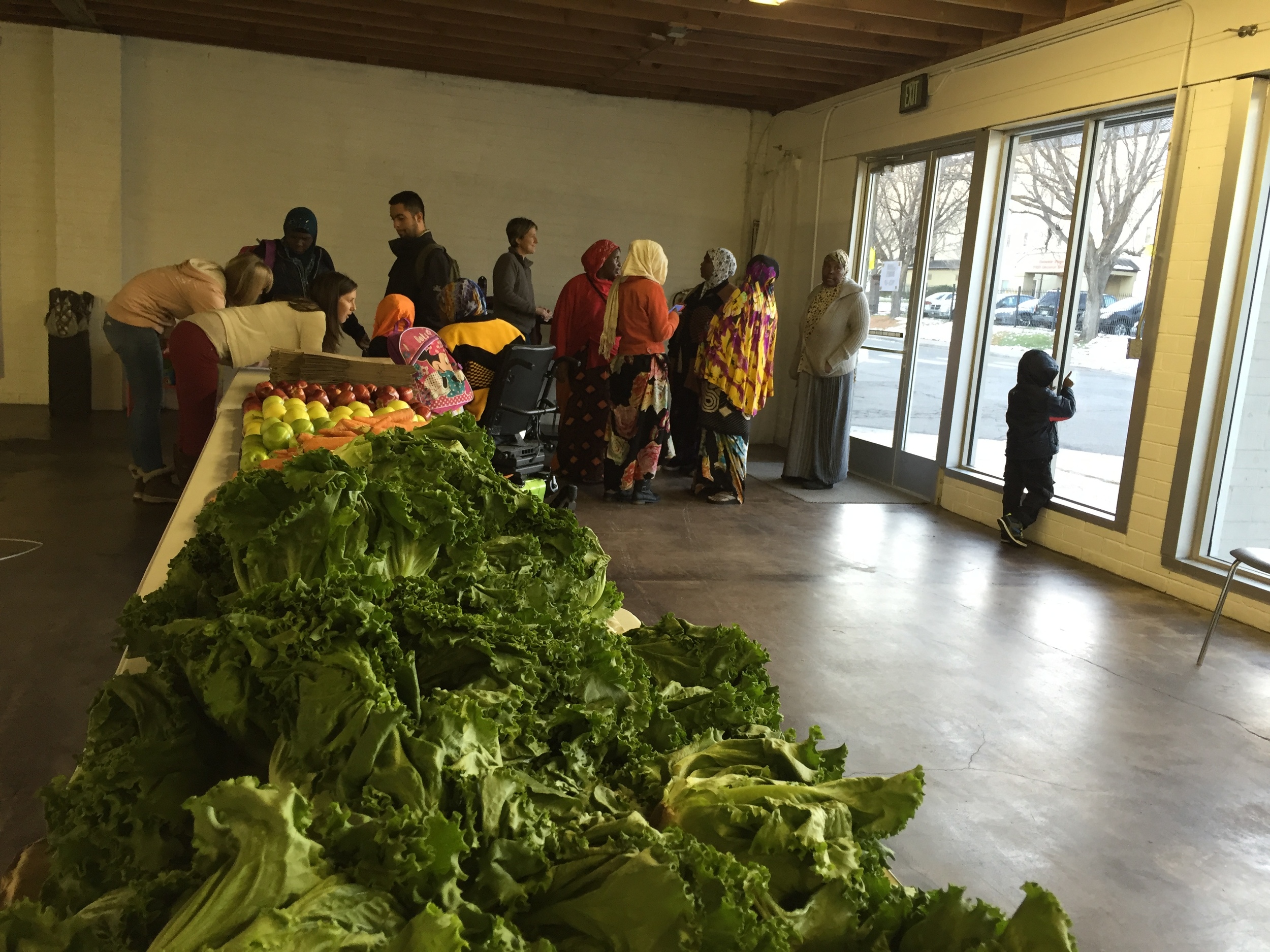








The Heart of our Kickstart
A few Wednesdays ago, I hesitated, and then pressed "submit."
That moment set off a 30 day count-down. The goal was to raise 50K to fill the inside of the warehouse that will become the Westwood Food Co-op with lighting, shelves, freezers, shopping carts, and if we could raise a little more, a patched roof.
A few Wednesdays ago, I hesitated, and then pressed "submit."
That moment set off a 30 day count-down. The goal was to raise 50K on Kickstarter to fill the inside of the warehouse that will become the Westwood Food Co-op with lighting, shelves, freezers, shopping carts, and if we could raise a little more, a patched roof.
To get things rolling, we threw off a farm-to-table event called De La Plata Al Planto. Remarkable leaders from across Denver pitched in their time, energy, and support. Woody Tasch from Slow Money was our MC. Dana Rodriguez from Work&Class and Edwin Sandoval from Sputino were our chefs. Dylan and J.P. our bar tenders. And a group of incredible corporate sponsors purchased tables and offered us in-kind support to help us transform our run-down warehouse into a beautiful event space. Our staff worked tirelessly to cut Mexican Fiesta flags out of tissue paper for days. Our videographer super vacuumed the entire warehouse floor. David never stopped worked on ladders and rooftops to prep the site. And our very own Eric became a star electrician the day of the event!
The effort was inspiring, and to sit with so many passionate people helped me see in full color what we do every day - come together to drive a movement by everyone for everyone.
At the event - we raised $9K directly on the Kickstarter campaign platform, and additional donations went towards putting on the event and covering the costs of the campaign (but because they were checks could not be directly input into the credit card system). Together as a community, we are creeping closer and closer to our 50K goal, but we still have a ways to go.
You and this community - you are our heart. And we need you now. Here are two fast ways you can help:
1. This next week, the community is rallying together for another fundraiser, a Kickstarter Zumbathalon to dance their way to 50K. Join us this next week on October 19, 6-8 pm at 3738 Morrison Rd Denver CO 80219 to show your support, and help us spread the word about this campaign.
2. Take 90 seconds right now to write your friends, tell your neighbors, and send your staff an email.
Thank you thank you thank you for absolutely everything that you have done. Without the amazing support we have received so far, we won't be where we now are.
We have nine days left! Let's keep it roaring! And enjoy the photos!
A special thank you to our event sponsors, our amazing volunteers, and partners:
- Alpine Bank
- Assured Benefit Solutions
- Avery Brewing
- Colorado First Bank
- The Colorado trust
- Crystal River Meats
- Denver Health
- Denver Water
- FirstBank
- Kin Collective
- Mutiny&Rye
- New Belgium Brewing
- Noosa Yogurt
- Ready Foods
- Suerte Tequilla
- WholeFoods
- Work&Class
- Anna Jones
- Barb Frommell
- Edwin Sandoval
- Grupo Tlaloc
- Jon Romero Band
- Santiago Jaramillo
Te Necesitamos! (We need YOU)
We need you.
For the last six years, Re:Vision has worked for better food access for Westwood. And right now, the community is very very close to opening the Westwood Food Co-op, proving to the country that community-owned solutions can conquer food deserts.
We need you.
For the last six years, Re:Vision has worked for better food access for Westwood. And right now, the community is very very close to opening the Westwood Food Co-op, proving to the country that community-owned solutions can conquer food deserts.
This is HUGE. But we can't do it without you.
We have launched a crowd-funding campaign to take us the home-stretch to opening the store. And the only way we're going to make it to the $50K goal is if all of our closest allies - you - share the word. Tweet your friends, nudge your neighbors, praise our work loudly at your local coffeeshop, whatever creative ideas you can come up with, let's rally the support needed to make this happen.
Below, we have included some tips on how to get the word out. The two minutes it will take to share our campaign right now could have an enormous impact on whether we make our Kickstarter goal.
Thank you for all of your support, we have only made it this far because of each and every one of you.
In solidarity,
your friends at Re:Vision
TWEET THIS:
Help @Revision_Coop launch #Denver's first #foodcoop grocery store, and put an end to the #fooddesert! http://ow.ly/SRk7g
SHARE THIS:
Re:Vision and the Westwood community need you! Together, we're crowd-funding $50k to launch the Westwood Food Co-op - the very first food cooperative of its kind that is owned and operated by a community living in a food desert. Help them by sharing this campaign, and get sweet perks like a voice message from Denver Mayor Michael Hancock or a membership! https://www.kickstarter.com/projects/westwoodfoodcoop/launch-the-westwood-food-co-op-to-feed-food-desert
